Top 10 Interesting Ways of Looking for Alien Life
"Somewhere, something wonderful is waiting to be known," once said Carl Sagan. The quest to discover new things is what propels humanity past the stars. To ... read more...learn more about what is out there, we venture out into the far reaches of space. And what we've discovered is really unbelievable. Images of the universe that date back more than 13 billion years, practically to its birth, have been returned by the James Webb telescope. Thousands of galaxies that contain billions of stars and perhaps hundreds of billions of planets have been observed. Everybody in space, just like us. Are any of them like us, though, is still an open question. Exist any other individuals in the world? Or living, breathing, and developing things? The search is still ongoing, and it uses more techniques than you may imagine.
-
Do you know what Auroral radio waves are? Although they don't come up much in ordinary discussion, they are unquestionably of interest in the search for extraterrestrial life. The Northern Lights appear here on Earth when charged solar particles strike gases in our atmosphere. Not just at the North Pole, but over both poles as well. Although different gases generate different hues, green is the most typical color. And planets other than Earth also experience them.
An aurora emits radio waves, and those radio signals can inform us about the planet from which they originate, including the magnetic field type. This is significant because a planet's magnetic field is necessary for supporting life as we know it. Our magnetic field keeps our atmosphere in place so that dangerous asteroids can't hurt us and exterminate all surface life.
We can examine the radio waves from an aurora if an exoplanet with one is found. If they show a strong magnetic field, that may be a reliable sign that the planet is a good place for life to exist. Similarly, the signals themselves can remind us of planets we might otherwise have missed.
https://www.qantas.com 
http://vanillaskydreaming.com -
Despite how unappealing it may sound, wet chemistry carries the promise of discovering life on other planets. Instead of working in far-off galaxies, this one operates on nearby planets like Mars. The Curiosity Rover has been scouring Martian soil for the components of life using a tool called Sample Analysis at Mars, or SAM. Any organic substances that might contain elements like oxygen and nitrogen fall under this category.
Three chambers are used to test soil samples; in one, they can be baked, in another, they can be exposed to a range of solvents. As a result, several chemical compounds were found that a typical sample analysis would have missed. Of course, we didn't find life, but it gave us a lot clearer picture of what was there and undoubtedly may be helpful in the future. This method can be used once more in other contexts, such as on Saturn's moons like Titan.

https://analyteguru.com/ 
http://www.azecolab.com/ -
If you've seen Star Trek IV (the whale episode), you might be aware that things have been whipped around the sun before. And despite how incredibly fanciful that movie was, the concept of using gravity from the sun to move objects is based on scientific principles. Gravitational lensing is a technique that could aid in the detection of extraterrestrial transmissions.
The gravitational attraction of a large enough object can even bend light. As a result, it will also concentrate and amplify that light. It has been suggested by researchers that communications transmissions can also be distorted and narrowed. That implies that stars like the sun might be utilized to broadcast and loop signals throughout the galaxy, much like terrestrial satellite networks.We could set up a satellite relay so that we could listen in on any other race of creatures who employed stars in this manner.
But communication isn't everything. There is additional research being done on how the sun affects light. We can see extraterrestrial worlds much more clearly if we can arrange a spacecraft or satellite so that its light is twisted and then focussed by our sun. The sun would essentially transform into a solar telescope for us, enlarging the vista. The capacity to achieve a resolution of 20 kilometers per pixel, in the opinion of at least one researcher, would have astounding results. sufficient for identifying continents and even weather patterns on other planets.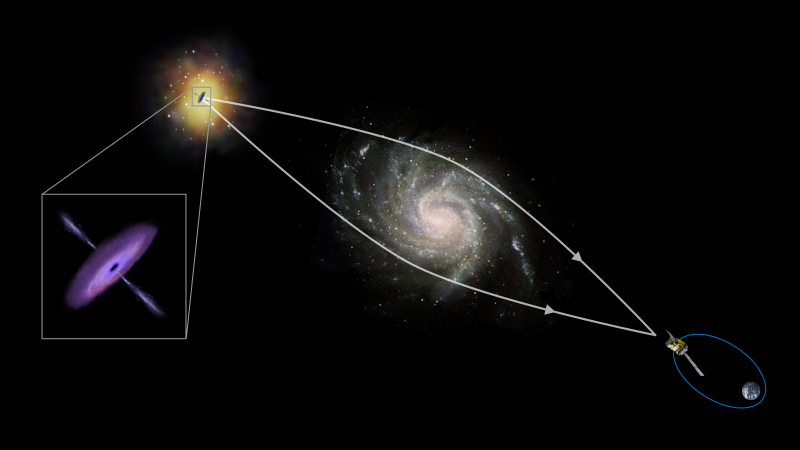
http://www.esa.int/ 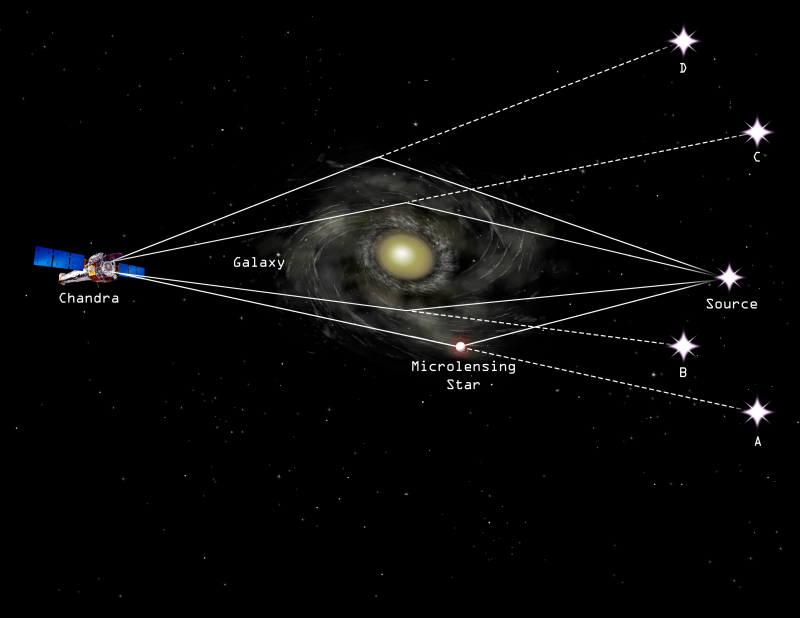
http://www.chandra.harvard.edu/ -
The moons of Saturn and Mars are nevertheless full of potential closer to home. Even while we haven't yet found evidence of life, it doesn't imply there isn't more to learn. Additionally, more effective methods of discovery will raise our odds.
The notion of sending probes to moons like Europa and Enceladus that can be pushed below the ice we are aware is there to explore for indications of life has been investigated by NASA. Robots might be placed in the liquid water beneath the ice and given free reign to swim wherever they like to explore what they can see.
This is only one example of a future smart probe that can search and then decide for itself if it has discovered anything worthwhile. They may employ artificial intelligence to aid in their search and analysis because signals from space take a while to reach Earth. They would only report back when they think they have discovered something significant.

https://in.pinterest.com 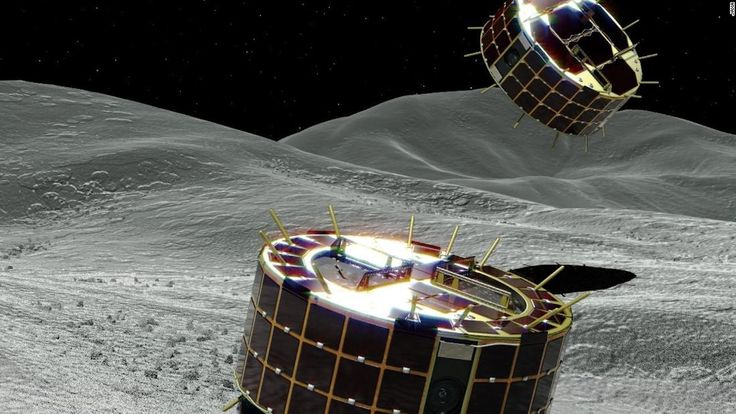
https://br.pinterest.com -
The concept of quantum communications is not well known to the general public, but those who are looking for extraterrestrial life are interested in it. Photons could be used to send signals across galaxies without losing any of the information included in the communication. Qubits are a type of standard bit that quantum communications employ in place of the ones and zeroes that current computers use as standard bits. In order to create secure communication networks that, in our opinion, will provide unprecedented security for a possible quantum internet, humans are still experimenting with the concept.
The argument is that a more advanced species would have mastered it and might be utilizing it already, whereas we're only starting to get the hang of it. This may also explain why we are having no luck finding any signals. In a quantum universe, looking for radio waves is like attempting to find dinosaurs in a zoo. Simply put, you are running late and the information you seek is no longer available. However, if we adjust our search criteria, we can start to get better outcomes.

https://vpnoverview.com 
https://www.infomance.com/ -
The endeavor is still focused mostly on the approach that is arguably the most obvious for finding planets. Although using a telescope is not as easy as it may seem, it is how we obtain the incredible photos that Hubble and later the Webb telescope have returned to us. The challenging thing is knowing where to look.
Where to position a telescope can be determined by a variety of telltale indicators. The wobbling method is one approach. You locate a far-off star and study its light. You focus the telescope on that region if the star appears to be wobbling because that suggests an object may be orbiting the star.
To help in our quest, we already have a large number of satellites and probes in the sky. There are several others on the way, including Spitzer, Kepler, Tess, and Cheops, in addition to Webb and Hubble. The launch of PLATO by the European Space Agency in 2024 will enable it to observe one million stars and look for planets surrounding them.

https://astronomynow.com 
https://www.space.com -
Searching for radio transmissions is one of the earliest and still most common approaches to look for extraterrestrial life. In July 2022, MIT scientists made the discovery of a periodic signal that is similar to a heartbeat and originates from a galaxy billions of light years away. Although the precise position hasn't been determined, it now joins the long list of signals we've found over the years, some unexplained and some naturally occurring.
Prior to that transmission, Chinese scientists asserted that they had also discovered an alien signal using their enormous Sky Eye telescope, possibly from an alien civilization. The difficulty of focusing one's search amid the vastness of space and the presence of numerous natural radio wave sources is one of the major drawbacks of this approach.
Radio frequencies are produced by stars and a variety of other celestial bodies, which must be looked into and ruled out throughout the search. One day, it is hoped, someone will discover a signal that is more than simply background noise and shows a distinct indication of intelligent intent.
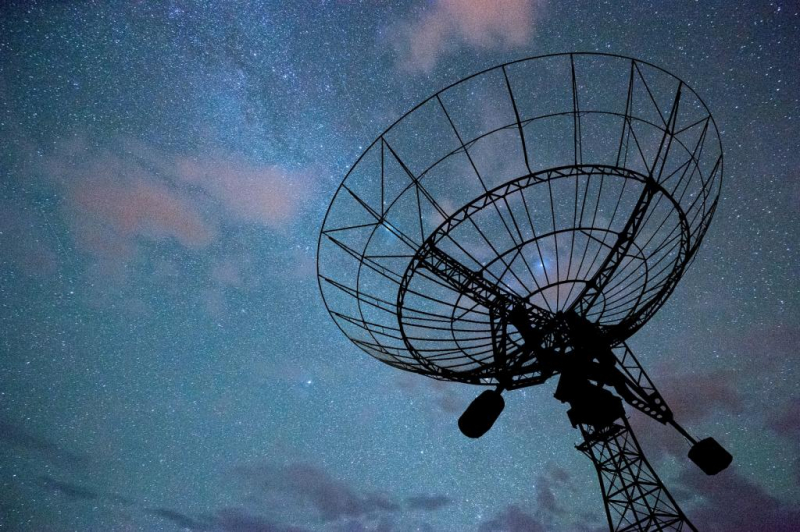
https://www.downtoearth.org.in 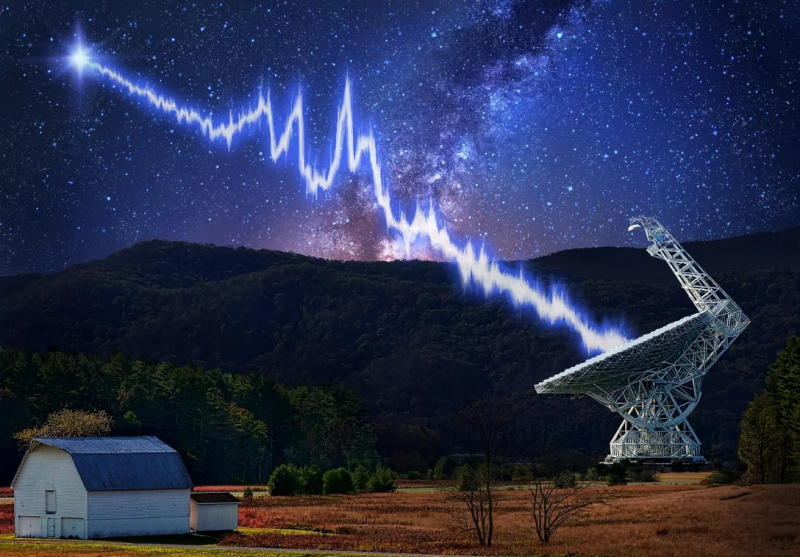
https://cloverchronicle.com -
As a result, it is clear that both biosignatures and technology are important in the hunt for extraterrestrial life. But if we slightly alter those search methods, we can likewise focus on technosignatures. So far, we've talked about looking for signs of life or the potential for life.
The pursuit of technological traces is known as technosignature hunting. pollution, particularly. A species with the ability to construct can also pollute. That implies that we can look for nitrogen dioxide, for example, in the atmosphere. Burning fuel also produces it, even if it comes from natural sources.
It is fair to think that an intelligent species would harness its sun's power because life requires that every planet revolve around a star. There is a lot of light reflected by solar panels, and that light would have a distinct spectral signature. If we find that, it might be a sign of life.

http://bamazingwallpapers.blogspot.com 
https://fineartamerica.com -
Stars are obscured by planets. We can examine the light spectrum that is emitted from a star when a planet passes in front of it using a method known as spectroscopy. There will be a color change that reveals the planet's spectrum as well as the gases that are necessary for the atmosphere of that planet to include in order to block off specific light frequencies.
In our experience, methane is a gas created by living organisms that is beneficial to life. A planet may support life if its atmosphere contains methane. In order to identify what gases are present in a planet's atmosphere and maybe whether it supports life, we can examine the light spectrum, remove light from the star that won't change, and filter out the light from the star.
There will be a lot of ground to cover in the search for life with thousands of exoplanets already detected and now, owing to the Webb telescope, tens of thousands more potentially on the horizon. To focus your search, seek for particular features like biosignatures, which are indications that a planet either supports life or has the potential to do so.
Even if oxygen is a no-brainer, the issue is not all or nothing, especially because we are aware that oxygen has only been present on Earth for a small portion of its whole duration. Instead, researchers have discovered tens of thousands of possible molecules that might be signs of life and that we might look for. Carbon dioxide, but not carbon monoxide, is another substance that may be a sign of life or at the very least, of habitability.
https://alien-ufo-sightings.com/ 
https://www.allprojectstats.com -
Searching for alien life is a little more difficult than looking for a misplaced pair of socks due to the immense distance between here and absolutely anywhere. Many times, it appears simpler to focus on signs of alien life rather than aliens themselves. We've started observing starlight because of this.
Often, one of the only things we can observe from a far-off galaxy is light from distant stars. We won't be peering inside alien homes' windows, not even with the James Webb telescope. But merely by examining the light that reaches us, a star can provide us with a wealth of information about a certain solar system.
Not just their worlds, but even starlight, is examined for indications of alien technology. A large space station, for example, will throw a shadow, and we might be able to detect that shadow obstructing starlight as well. The concept is that a technologically evolved race would have developed great technological marvels, such as power plants the size of stars or computers the size of entire solar systems.
Because stars like the far-off Boyajian's star are prone to periodic dimming, scientists have begun to speculate if there may be extraterrestrial mega-structures interfering with the transmission of light from those systems to our own.
https://www.thealternativedaily.com 
https://www.newsweek.com/































